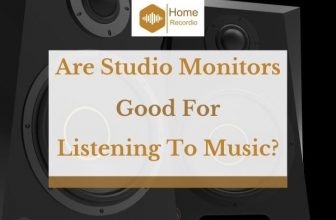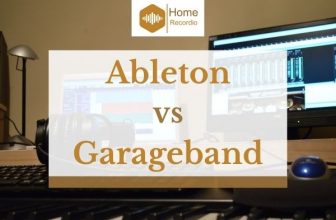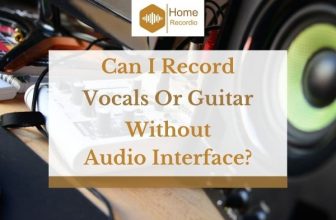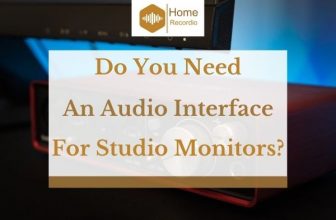Audio Interface vs Mixer: Which One To Choose?
Creating and making recordings of quality music in a digital way from the comfort of your home studio can be comfortable and at the same time be a rewarding experience.
Nowadays, recording artists have a chance to turn their home studios to the ultimate state of arts dream working stations.
However, with numerous audio interfaces and mixers in the market, the artist frequently faces an uphill task of choosing between Audio interface vs Mixer.
This confusion is particularly because most of the modern mixers now feature USB connectivity and in this case providing similar functions to an audio interface.
Table of Contents
What Is An Audio Interface?
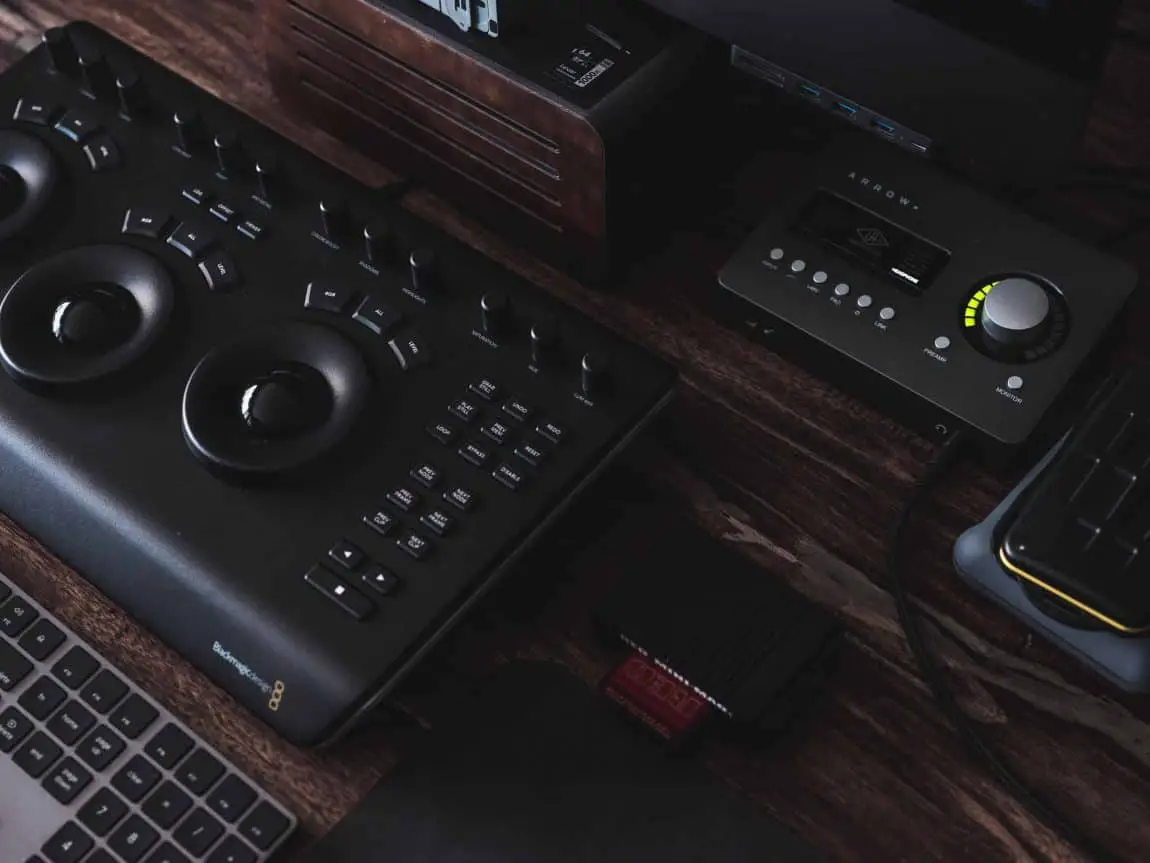
Let us begin this discussion with the most affordable type of recording equipment.
An audio interface is a device that connects a Mac or PC to a microphone and in most scenarios to other sound devices.
Most computers come equipped with an in-built single interface outfit that is fit for a microphone.
An audio interface primarily works by preparing the sound that is channeled to the computer and upgrades the sound output of the computer.
Additionally, an interface ensures quality and high-resolution sound is being recorded and at the same time allowing recordings to be created from more than one source.
You need to invest in a quality audio interface because it is a crucial component when you are working on audios that are based in the computer.
Portable
Audio interfaces usually come in different sizes. They are portable, and for artists who are mostly on the move, it is easy to carry.
The interface connects to the computer through FireWire, USB, Express card and PCI.
It is essential to note that, if you are using one or two microphones to record, USB connections are up to the task.
However, in cases where you are overdubbing, and you are using multiple sounds simultaneously, high speeds FireWire port will be the most appropriate to use.
Audio interfaces also have microphone preamps that are usually built-in and are vital in magnifying the microphone signal making the sound easier to level out.
The choice of the interface to use in your recording is mostly determined by the kind of music you want to record.
In a case scenario, if your band has multiple sounds going on like two microphones, a piano and a guitar, an interface with numerous input and output is the one recommended.
Audio interfaces are mainly used when more of an expert sound is required, and a connection of professional microphones and instruments are needed to route in and out of the computer.
In this case, the audio interfaces will act as the computers sound card.
This allows you to connect multiple digital and analog signals hence providing a digital clock that tremendously improves the overall quality of sound.
In a case where you want to utilize sound effects, faders and equalizers along with the music recordings in a more specialized and in-depth way, a mixer with an inbuilt audio interface is further suggested.
8 Best Budget Audio Interfaces Under 200 Dollars
Best Audio Interfaces For Mac – Top 11 Review
What Is An Audio Mixer?
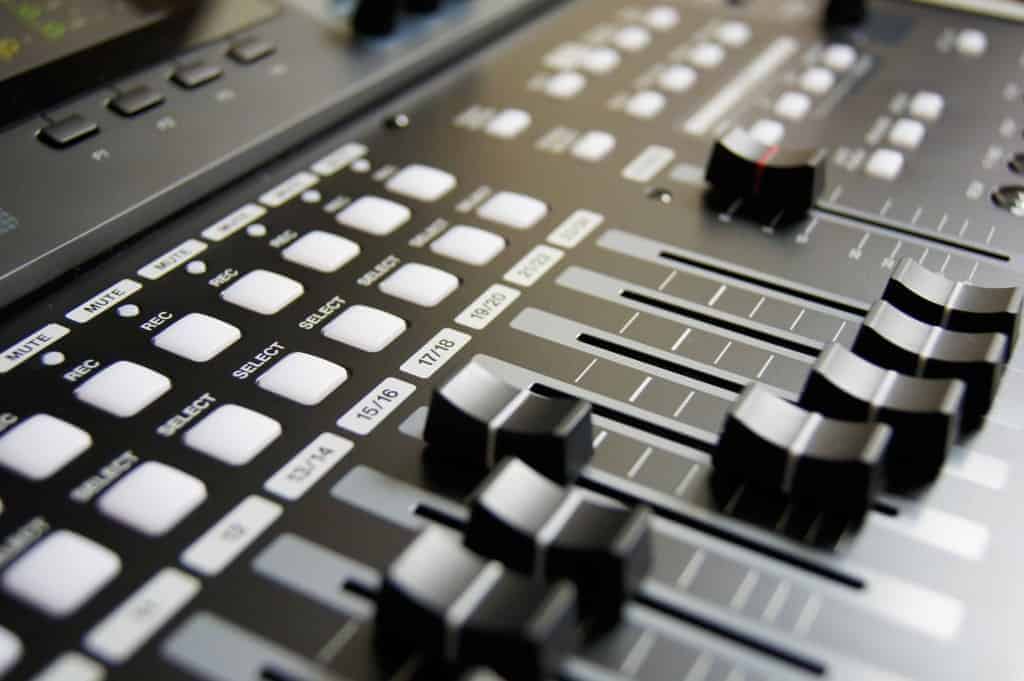
A mixer allows you to adjust levels and enhance the sound with effects. In this case, a mixer combines all the sounds and come up with a collective harmonious output.
Mixers are detailed. They have volume faders and equalizers for every individual channel that gives more control over each sound being used and going directly to the computer.
An audio mixer is made up of several components. The board is the main component, consists of two different layouts, and is the ultimate layout for the various controls. The in-line console has the monitoring and input section that is contained within the same channel strip.
On the other hand, the split mixing console has advanced inputs that are located on different parts of the mixer board.
Remember that, the inputs are the designed access points for the many sources of sound into the audio mixer.
The ability to control and adjust the different low and high frequencies for each of the channels is the audio mixers component’s channel equalization.
The provided auxiliary channel components ensure the mixer sends the sounds to a secondary feed of the channel to another device.
It is essential to note that the assign and pan allow the direction of specific channels to one of the given stereo outputs.
As we continue you realize that perhaps the essential component of an audio mixer is the fader.
These are simply the slides that are used to raise or lower the presence of every channel as it heads to final output.
You also realize that audio mixers come with some additional components that can be added to audio interfaces making the audio interface easier to use as a portable device.
Stationary
Audio mixers have high capabilities and have many components. This is the reason why they are big in size, and are meant to be stationary in your recording studio.
You find that it is not easy to move around with your mixer as in the cases of an audio interface.
Apart from being used in permanent home studios and office studios, digital mixers are mostly used in large technical sound recording projects that will need massive equipment to achieve their recording goals.
Some projects recording like completing an album or recording a movie soundtrack cannot be completed professionally without using an audio mixer.
Mixers with in-built audio interface give the creators total control of every sound component output.
The best part of your production process is to have control of every sound component, and that is why the built-in interface is highly recommended.
With a digital mixer, you can record multiple tracks at once as well as utilizing the various faders.
You do not require any extra drivers in making a one-click track because you have a built-in metronome to facilitate the recording, this ends up making the process of recording easier and convenient.
Mixers that have a built-in interface also have their own effects and compression controls, blending and combining everything needed to produce and record professionally.
Though sometimes it seems to occupy more space on top of being more costly compared to the audio interface, having proper tools to produce and create quality work under one roof is a more efficient and straightforward route to achieve excellent home recording.
[amazon table=”4629″]The Takeaway: Audio Interface vs Mixer
While the Audio interface vs Mixer debate causes even more confusion, particularly with most of the modern mixers now featuring USB connectivity and hence providing similar functionality to audio interfaces.
It is crucial to note that the kind and complexity of the music you want to record will play a significant role in determining which of the two highly suits your recording.
Preamp Vs Mixer – Which One To Choose?

